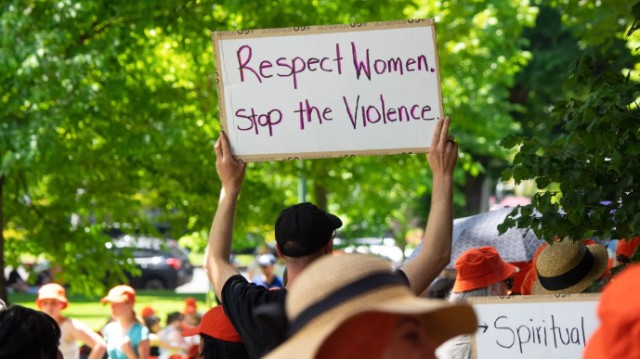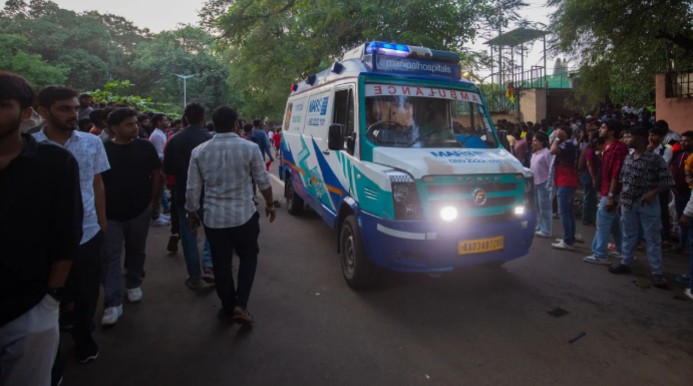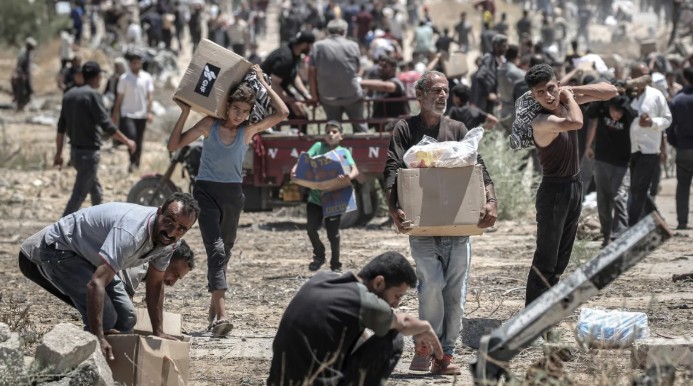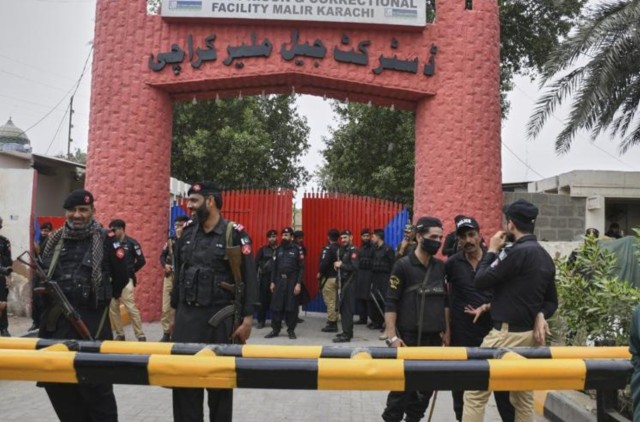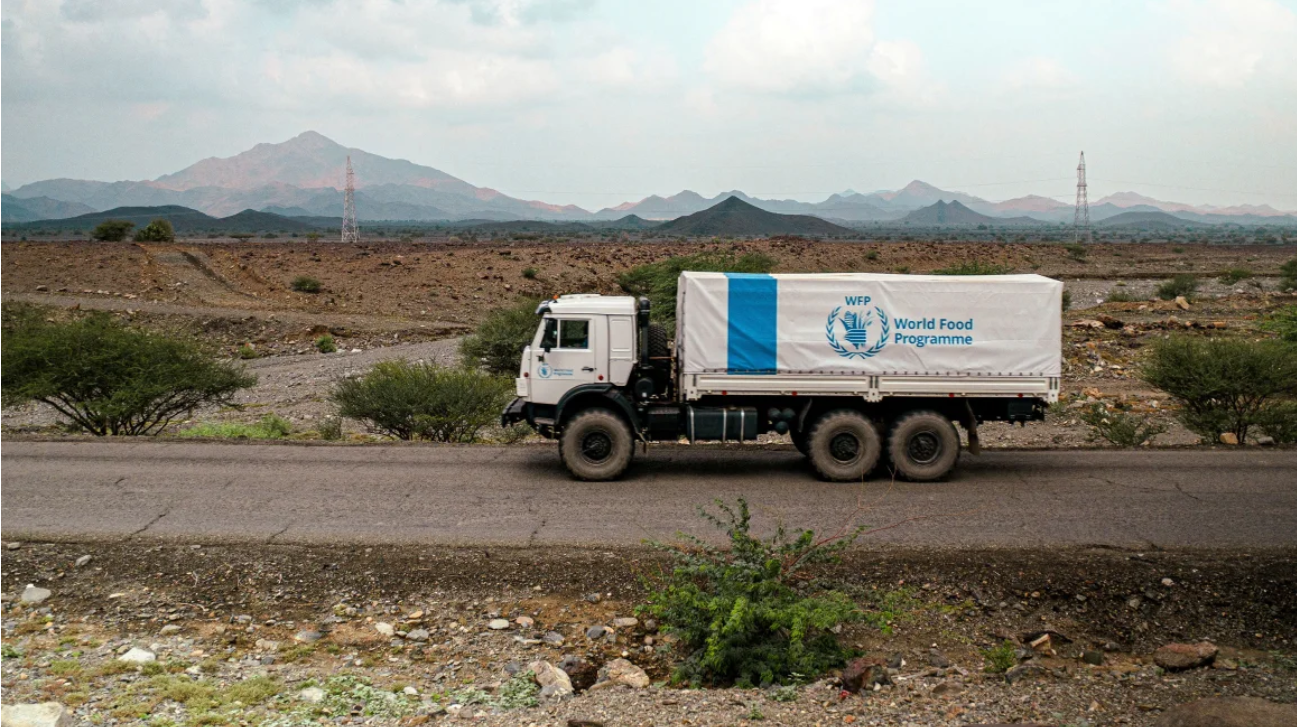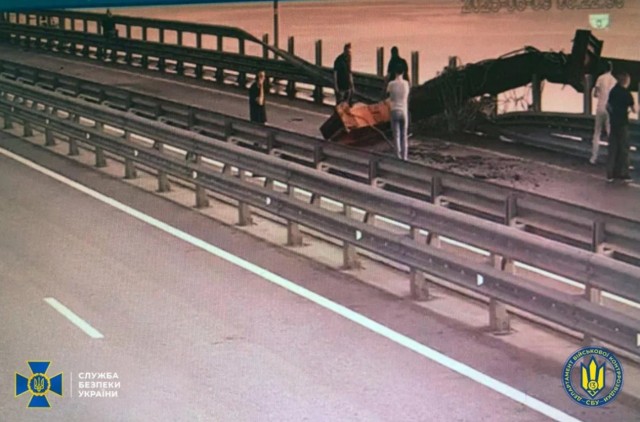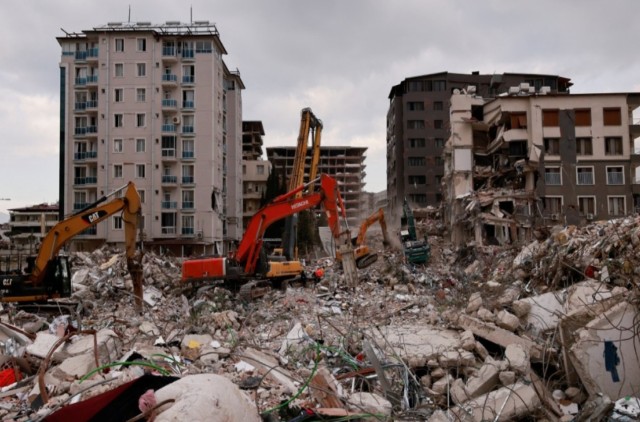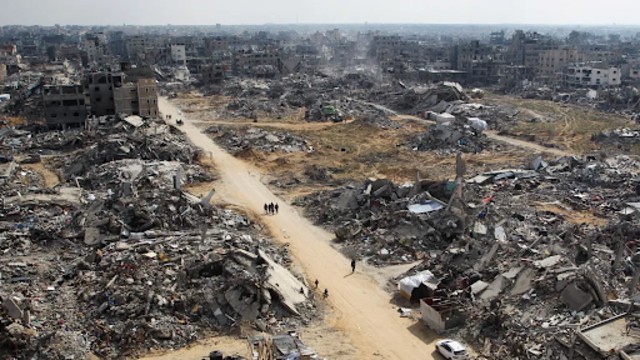
Many areas of Rafah were destroyed after Israeli forces began a ground attack there in May 2024. Buildings were reduced to rubble, and the city suffered heavy damage during the operation. REUTERS
Israel’s Defence Minister has announced that the country’s military will extend its security zones in Gaza to now cover Rafah, a city in the southern part of the territory. This move is aimed at increasing pressure on Hamas to release hostages. The defence minister visited the area and said that Israel is making Gaza smaller and more cut off from the rest of the world.
The Israeli military already controls a wide area along Gaza’s borders. These regions have been turned into buffer zones. Now, with Rafah included, the military is taking over nearly one-fifth of Gaza. Just days ago, residents of Rafah were told to leave, and a new corridor was created to separate them from nearby Khan Younis.
Since March 18, when a ceasefire ended, Israel restarted its attacks on Hamas. The UN says two-thirds of Gaza is now either a no-go zone or under evacuation. Around 390,000 people have had to leave their homes again, with no safe place to go.
The UN also warned that people in Gaza are running out of food, medicine, and fuel. This is because Israel stopped aid deliveries on March 2. Rafah, which had 280,000 residents before the war, is now largely empty after Israeli attacks in May destroyed many parts of the city.
Israeli troops have also taken control of the Philadelphi Corridor, a strip of land along the border with Egypt. They say this is needed to stop weapons from being smuggled into Gaza. During the brief ceasefire that began in January, some people had returned to Rafah. But now, nearly all of them have left again.
On March 31, Israel ordered a wide evacuation across Rafah and nearby areas. The UN said this order affected 97% of the Rafah region. People were told to go to tent camps in the coastal al-Mawasi area, which has been named a "humanitarian zone."
Soon after, Israel’s Prime Minister said the army had seized the Morag Corridor, an area between Rafah and Khan Younis. He compared it to the Philadelphi Corridor and said this step would increase pressure on Hamas to release 59 hostages, of whom 24 are believed to be alive.
On Wednesday, the Defence Minister visited the area with military officials and reporters. He said the army is removing terrorists, destroying Hamas structures, and cutting Gaza into smaller parts. “We are evacuating the people from war zones and taking more control,” he said.
He added that if Hamas doesn’t release the hostages, Israel will expand its military actions all across Gaza. One reporter who joined the visit quoted him saying, “All of Rafah will be evacuated and turned into a security area.”
Israel’s military confirmed on Thursday that its forces were still active in Rafah and the Morag corridor. They said they had killed several militants and destroyed terrorist sites while working to control the area.
Military experts believe the goal is to push civilians toward the coast. This would allow Israeli forces to concentrate on fighting Hamas in urban areas. It would also let them handle aid deliveries directly, avoiding Hamas and foreign aid groups.
The UN said on Tuesday that Israel had issued 15 evacuation orders in three weeks. These covered more than one-third of Gaza’s territory. About 30% of Gaza is already considered a no-go zone by Israel.
The UN human rights office raised concern that these evacuation orders don’t meet international law standards. They said Israel hasn’t provided proper shelter or care for displaced people. Israel responded by saying it was removing civilians from dangerous areas and protecting them from being used as human shields by Hamas.
The UN also says Israel’s five-week-long aid blockade breaks international law, as it must allow life-saving supplies to reach civilians.
Meanwhile, the Israeli army said it killed a Hamas commander in an airstrike on eastern Gaza City. The strike targeted a four-storey building and left at least 29 people dead, including children.
Israel’s war against Hamas began after a deadly attack on October 7, 2023. In that attack, about 1,200 people died and 251 were taken hostage. Since then, over 50,880 people have died in Gaza, according to local health officials.



